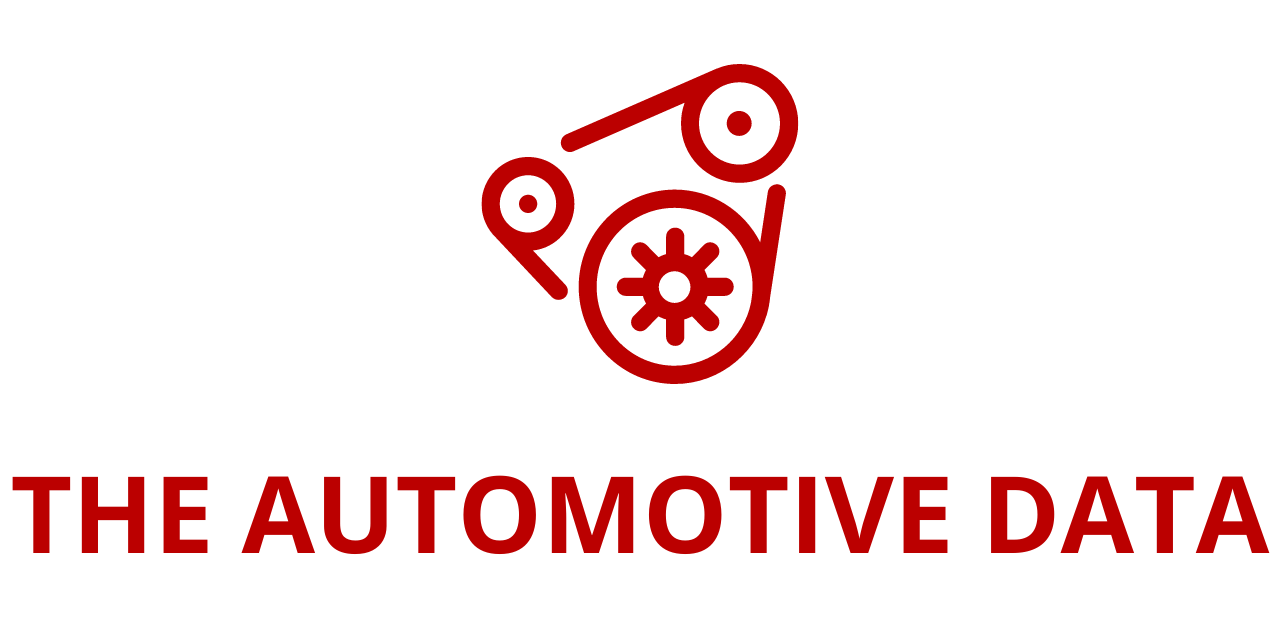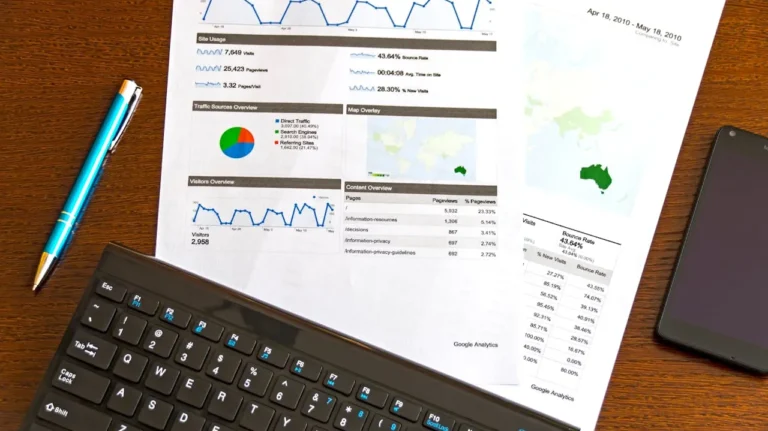
CarMax Reports Strong First Quarter Results for Fiscal Year 2026, Highlighting Growth in Sales, Earnings, and Strategic Investments
CarMax, Inc. the largest retailer of used vehicles in the United States, has announced its financial results for the first quarter of fiscal year 2026, ending May 31, 2025. The company reported significant growth in earnings, strong retail performance, continued investment in its omni-channel capabilities, and an expanded strategy in its auto finance segment.
Financial Highlights for Q1 FY2026
CarMax posted diluted net earnings per share of $1.38, reflecting a robust 42.3% increase from the $0.97 reported in the first quarter of the prior fiscal year. This marks the fourth consecutive quarter of positive comparable retail growth and underscores the company’s earnings momentum.
The company achieved total gross profit of $893.6 million, up 12.8% year-over-year, supported by higher sales volumes and a notable increase in unit profitability. Retail used unit sales rose 9.0%, while comparable store sales saw an 8.1% uptick. Wholesale unit sales grew modestly by 1.2%.
CarMax set a new record for gross profit per retail used unit, reaching $2,407, a $60 increase compared to the same quarter last year. While gross profit per wholesale unit declined slightly by $17 to $1,047, it remained historically strong. Additionally, Extended Protection Plans (EPP) contributed significantly with a margin of $572 per retail unit, while service margin per retail unit improved dramatically to $143, a gain of $128 year-over-year.
Vehicle Acquisition and Retail Activity
CarMax continued to enhance its vehicle sourcing strategy, acquiring 336,000 vehicles during the quarter, a 7.2% increase from the prior year’s Q1. Of these, 288,000 vehicles were purchased directly from consumers—up 3.3%—while 48,000 vehicles were acquired through dealer channels, showing a substantial 38.4% increase, driven by the expansion of dealer partnerships and sourcing capabilities.
Combined retail and wholesale used vehicle unit sales totaled 379,727 units, representing a 5.8% year-over-year increase. This growth reflects the effectiveness of CarMax’s customer acquisition and sales strategies, supported by the company’s growing digital footprint.
Retail vehicle revenues rose 7.5%, fueled by the increase in units sold, while wholesale vehicle revenues experienced a slight decline of 0.3% due to a 1.7% drop in average wholesale selling prices, partially offset by unit volume growth.
Omni-Channel and Digital Innovation
Digital engagement remains central to CarMax’s customer experience strategy. During the first quarter, 80% of retail sales were supported through digital channels. Of total retail sales, 66% were omni-channel, combining online and in-store interactions, while 14% were fully online retail sales, highlighting the shift in consumer behavior and CarMax’s success in adapting to these evolving preferences.
“Our associates, stores, technology, and digital capabilities are all seamlessly connected to deliver the most customer-centric car buying and selling experience,” said Bill Nash, President and CEO of CarMax. “This integration continues to be a key differentiator in a highly fragmented market, allowing us to build customer loyalty, gain market share, and deliver sustained earnings growth.”
Operational Efficiency and SG&A Management
Selling, general, and administrative expenses (SG&A) increased by 3.3% to $659.6 million, primarily driven by increased compensation and benefit costs associated with higher sales volumes. However, CarMax achieved a notable 680 basis point improvement in SG&A as a percentage of gross profit—declining to 73.8% compared to 80.6% in the same quarter of FY2025. This gain highlights the effectiveness of ongoing cost control measures and operating leverage improvements across stores and customer experience centers.
CarMax Auto Finance (CAF) Performance and Strategic Developments
CarMax’s financing arm, CarMax Auto Finance (CAF), reported income of $141.7 million, a 3.6% decline from the previous year’s first quarter. This drop was primarily attributed to an increase in loan loss provisions, which rose to $101.7 million, up from $81.2 million in Q1 FY2025. The increase reflects ongoing uncertainty in macroeconomic conditions and loss performance from the 2022 and 2023 loan vintages.
However, CAF’s net interest margin expanded, with the total interest margin percentage increasing by 30 basis points year-over-year to 6.5%. This improvement was achieved despite a slight decrease in CAF’s unit penetration. The percentage of units financed by CAF decreased to 41.8% from 43.3%, largely due to a surge in higher-credit-tier, self-financed buyers responding to macroeconomic changes such as newly announced tariffs.
In a strategic move to better support its full-spectrum lending model and manage risk exposure, CAF expanded its non-prime funding program. During the quarter, $637.9 million in non-prime loans were reclassified as held for sale, shifting from the held-for-investment portfolio. This transition is intended to provide greater balance sheet flexibility, reduce credit risk, and support CAF’s broader goal of serving a wide credit spectrum.
The allowance for loan losses at quarter-end stood at $474.2 million, or 2.76% of auto loans held for investment, up from 2.61% as of February 28, 2025. This reflects prudent provisioning amid shifting economic conditions and strategic realignment.
Shareholder Returns and Capital Allocation
CarMax also made significant progress in returning capital to shareholders. The company repurchased 3.0 million shares of its common stock during the first quarter at a cost of $199.8 million. As of May 31, 2025, CarMax had $1.74 billion remaining under its existing share repurchase authorization.
Strategic Vision
Looking ahead, CarMax is well-positioned to capitalize on its strong omni-channel platform, diversified revenue streams, and disciplined cost management. The company remains focused on expanding its competitive advantages through technology investment, continued refinement of its vehicle sourcing strategy, and a broadened financial services platform that can support growth across various economic cycles.
CEO Bill Nash concluded, “We are extremely proud of our performance this quarter, which reflects the strength of our omni-channel experience, our disciplined operational execution, and our ability to adapt to changing consumer and market dynamics. We are confident in our ability to continue gaining share in a large, fragmented market while delivering sustainable earnings growth for our shareholders.”







